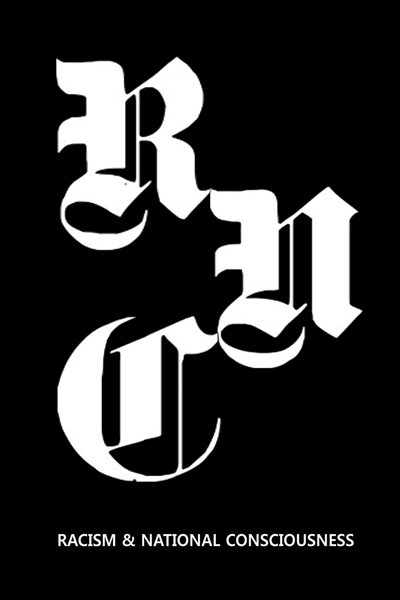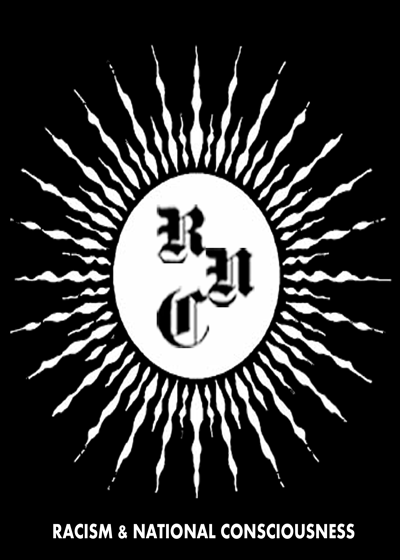Filed under: Local
Source: BASICS Free Community Newsletter
20 March 2008
The Black Action Defense Committee (BADC) emerged in the late 1970s to become a powerful force in the struggle against police brutality. At the organization’s first meeting, BADC founder Dudley Laws affirmed: “Canada is a racist state. If you have a racist state, then you have racist police”. The murder of Buddy Evans August 9, 1978, and Albert Johnson August 26, 1979 marked the beginning of BADC’s mass demonstrations against police brutality. Evans was a 24 year-old Black man shot at a downtown bar, and no charges were laid against the officer who shot him. Johnson was a 35-year-old Black man shot by Constables William Inglis and Walter Cargnelli at a rooming house in the Vaughn/Oakwood area.
In response to the Johnson murder, BADC mobilized the Black community, and their efforts culminated in 2000 people marching from Vaughn/Oakwood to 13 Division headquarters to protest his death. When Johnson was killed Dudley Laws formed the Albert Johnson Defense Committee Against Police Brutality.
On October 14, 1979, 1000 people rallied at Nathan Phillips Square. The Albert Johnson Committee had three demands in their struggle for justice. One, that constables Inglis and Cargnelli become charged with murder instead of manslaughter. Two, they formed the Albert Johnson Family Fund and requested that Toronto police provide full compensation to his wife and four children. Three, they demanded the Province and Ontario Attorney-General Roy McMurty establish an independent civilian review board for complaints against the police.
On November 13, 1980, Cargnelli and Inglis were both acquitted of their manslaughter charge after a four-week trial, and this resulted in more protests organized by BADC’s organizers. The following week at Nathan Phillips Square, 300 demonstrators protested the Cargnelli and Inglis acquittal. As a result of BADC’s protests, Toronto police made a secret settlement in court in 1988 when the Johnson family filed a civil lawsuit against them.
The government responded to BADC’s mass mobilizations against the Evans and Johnson murders with the following institutional reform: In 1981 the Province enacted a three-year pilot project called the Office of the Public Complaints Commissioner (OPCC) under the Metro Toronto Police Force Complaints Project Act, 1981. The OPCC was a new and improved civilian complaints system to report incidents of police brutality and increase accountability. Under this act the Toronto Police Chief was required to set up a Public Complaints Board that would conduct case hearings referred by the chief or commissioner. The OPCC faced much criticism from the Black community because it was still biased in favor of police without community-control of the police complaints process.
Despite the militant protest of Dudley Laws and others dating back to the late 1970s, the Black Action Defense Committee (BADC) as a formal anti-racist organization was formed days after the shooting of Lester Donaldson on August 9, 1988. According to Metro Police, the shooting occurred when they responded to a call stating Donaldson was holding people hostage in his rooming house. However, Donaldson was shot dead while alone in his apartment in a confrontation with five police officers. On Saturday, August 13, 1000 people demonstrated in front of 13 Division where Constable Deviney worked. Although Deviny was arrested and charged with manslaughter on January 11, 1989; he was acquitted in November 1990.
A second police murder later that year enraged the Black community even further and increased racial tensions in the city. On December 8, 1988, 17 year-old, Michael Wade Lawson was shot in the back of the head by the Peel Constable Anthony Lelaragni, age 24, who was charged with manslaughter; and Constable Darren Longpre, age 27, who was charged with aggravated assault. Lawson was shot in the back of the head by an illegal 38-calibre slug known as a “hot bullet” which expands on contact, banned in Ontario by the Ontario Police Act.
Later that year, in October 1989, 23 year-old Sophia Cook was shot and paralyzed by police. The third Black person shot by Toronto police in 15 months, Cook was a Brampton resident and mother of a 2 ½ year-old son when she was shot in the back. The bullet narrowly missing her spine and paralyzing her from the waist down. Cook was in a reported stolen car with two men whom she accepted a ride from after missing a bus at Jane/Grandravine. During the investigation, police confirmed Cook had never been involved in any criminal activity.
After a decade of militant anti-racist mobilization, the province implemented its second major police reform. The Special Investigations Unit (SIU) was created in the 1990 Police Service Act to increase police accountability in the investigation of civilian murders. The SIU was set up to be the first organization staffed by civilians instead of police homicide investigators. However, it ended up being staffed by retired officers who were promoted by the force as the only “civilians” competent enough to investigate these incidents. Despite the limitations of the SIU, the reform was a victory for the Black community because it indicated the Canadian state admitted that anti-Black racism and police brutality was a systemic problem that required institutional reform.
In the early 1990s, racial tensions heated up again with the acquittal of Michael Wade Lawson’s killers. On April 7, 1992, Constables Melaragni and Longpre were acquitted of their charges in the Lawson murder by an all-white jury. In the upcoming month, race relations declined even further when 22 year-old Raymond Lawrence was shot by Constable Timothy Gallant on Saturday May 2, 1992, just days after the Rodney King riots erupted in Los Angeles on April 29, 1992.
On Monday, May 4, 1992 BADC organized its largest anti-racist demonstration in a decade to protest the murder of Raymond Lawrence. Dubbed the “Yonge St. Riots” by the media, 1000 people demonstrated in a peaceful march that began at the U.S. Consulate and ended with 30 arrests, 200 windows smashed on Yonge St. and City Hall, and a hundred thousand dollars in damages. Hundreds of Black youth and others vandalized the Yonge St. strip and fought with police in the streets.
The history of BADC’s struggles formed a legacy of militant protest and organizing against police brutality in Toronto that has continued into the 21st century. In response to the police murder of Jeffrey Reodica, the Filipino community and its allies mobilized for years and created the organization ‘Justice for Jeffrey’. And today, with the police murder of 18-year-old Alwy Al Nadhir, communities demanding an end to police brutality have come together to form the Justice for Alwy Campaign Against Police Brutality. Through learning the lessons that organizations like BADC and the Justice for Jeffrey campaign have to offer, we should expect that our movement in the 21st Century will be even stronger.










